Friends,
Today in my series on the common good, I’m proposing that our schools reinstate what used to be called “civic education.”
When, in 1961, I heard John F. Kennedy’s admonition that we ask what we can do for our nation, I was attending a small public high school in upstate New York. Part of the required curriculum was citizenship education. It involved a series of courses on history and government. As in most schools, some were well taught; others were taught abysmally.
One teacher, named Ruth Lee, often pointed to a world map showing the Soviet Union, China, and most of Eastern Europe in bright red, with surrounding nations (Vietnam, Thailand, Cambodia, and North Korea) in pink. Her ongoing civics lesson was that communism was spreading like an infectious disease. If we weren’t careful, what remained of the free world would catch it.
Civic education in the 1950s and 1960s reflected many of the prejudices of that time.
Yet it at least engaged us, day after day, in the practice of thinking about the well-being of our society and the world. The ongoing examination of history and our system of government had a cumulative effect: Regardless of our politics, we began to see ourselves as the inheritors of an important legacy. That legacy was far from perfect, but it was profoundly important.
Above all, we had an obligation to become responsible citizens.
CIVIC EDUCATION WAS LONG AGO ELIMINATED from the standard high school curriculum.
Now, education is viewed mainly as a private investment rather than a public good. What you learn is what you’ll earn, as the popular saying goes.
With inequalities of income and wealth wider than they have been in over a century, parents and their children face the daunting possibility of unprecedented riches for those with the “right” education, or the risk of squalor for those on the losing track.
These days, the typical college graduate earns twice as much as someone with only a high school degree. And a high school dropout earns half the earnings of a high school graduate.
Yet if education is simply a private investment yielding private returns, there is no reason why anyone other than the “investor” should pay for it. No wonder increasing numbers of parents resist paying for the education of children who are poorer or require extra teacher time and resources.
The same attitude extends to legislatures that have been cutting funding for public universities. If a university degree is a private investment offering a good return to the individual, they argue, why should taxpayers bear the cost? Why shouldn’t students and their parents take out loans to cover it, just as people borrow for all sorts of other worthwhile investments, such as a new home or business?
But education is not just a private investment. It is also a public good. America’s founders knew that the survival of the new republic necessitated a public wise enough to keep power within bounds. It required citizens capable of resolving the tension between private interests and the common good — people imbued with civic virtue.
AT THE CLOSE OF THE CONSTITUTIONAL CONVENTION OF 1787, someone was said to have asked Benjamin Franklin what sort of government the delegates had created for the people. He replied, “A republic, madam, if you can keep it.”
What did “keeping it” require? More than anything else, education.
“Ignorance and despotism seem made for each other,” Jefferson warned. But if the new nation could “enlighten the people generally . . . tyranny and the oppressions of mind and body will vanish, like evil spirits at the dawn of day.”
During the colonial era, a few towns ran public grammar schools — but only for a few weeks in the winter when family farms didn’t require their children’s labor. Other towns relied on private tuition.
After the Revolution, reformers pushed for free public education. Jedediah Peck of upstate New York typified the reform movement. “In all countries where education is confined to a few people,” he warned, “we always find arbitrary governments and abject slavery.” Peck convinced the New York legislature to create a comprehensive system of public education.
The person most credited with founding American public schooling, Massachusetts educator Horace Mann, also linked public education to democracy. “A republican form of government, without intelligence in the people,” he wrote, “must be, on a vast scale, what a mad-house, without superintendent or keepers, would be on a small one.”
Mann believed it important that public schools educate all children together, “in common.” The mix of ethnicities, races, and social classes in the same schools would help children learn the habits and attitudes of citizenship. (His project was not without fault: It emphasized Protestantism over Catholicism, for example, which was one reason Catholics created their own private schools.)
If the common good is to be restored, education must be reconnected to these public moral roots. We must stop thinking about it solely as a private investment that may lead to a good-paying job, and revive the founders’ understanding of it as a public good that helps train young people in responsible citizenship.
This requires that schools focus not just on building skills but also on teaching civic obligations.
What does this entail?
For starters, every child should gain an understanding of our political system, the Constitution, the Bill of Rights, separation of powers, checks and balances, and federalism. They must understand the meaning and importance of the rule of law, and why no one should be above it, and they need to know where these legacies came from, and why they continue to be important.
This is what we demand of people who want to become naturalized citizens. Immigrants have to pass a civics test covering the organization of the U.S. government and American history. (When I served as secretary of labor, I had the privilege of administering the Pledge of Allegiance to some of those who had passed that test and witnessing their pride and gratitude in being welcomed into citizenship.)
Every child must also grasp the meaning and importance of justice — of equal political rights and equal economic opportunity, and how these two goals are related. They need to see how the economy is organized, how its rules are made, and what groups and interests have the most influence in making those rules.
They must learn about our history of racism and of genocide — not, as Republican governors and legislatures across America have charged, in order to be ashamed of America — but to be aware of the moral challenges America has faced. This is a means of helping our children practice tolerance toward different beliefs, ethnicities, races, and religions. They need to learn about basic human rights and America’s responsibilities in the world.
Such an education must encourage civic virtue. It should explain and illustrate the profound difference between doing whatever it takes to win, and acting for the common good. The difference between getting as much as one can get for oneself, and giving back to society. Between assuming everyone is in it for themselves, and understanding that we’re all in it together. Between seeking personal celebrity, wealth, or power, and helping build a better society for all.
A CIVIC EDUCATION must also urge and equip young people to communicate with others who do not share their views. It should teach them how to listen, to open their minds to the possibility their own views and preconceptions may be wrong, and to discover why people with opposing views believe what they do.
It should enable them to work with others to separate facts and logic from values and beliefs, and help them find facts and apply logic together even if their values and beliefs differ.
These lessons cannot be learned only in the classroom. A true civic education also requires learning by doing.
Young people should develop what Tocqueville called the “habits of the heart” by taking on responsibilities in their communities — working in homeless shelters and soup kitchens, tutoring, mentoring, coaching kids’ sports teams, helping the elderly and infirm.
Young people need to move out of their bubbles of class, race, religion, and ideology, and go to places and engage in activities where people look different from themselves and have different beliefs and outlooks from their own. They must learn to listen to them and communicate with them.
TWO YEARS OF REQUIRED PUBLIC SERVICE would give young people an opportunity to learn civic responsibility by serving the common good directly. It should be a duty of citizenship.
This is how we once regarded military service. From World War II until the final days of the Vietnam War, in January 1973, nearly every young man in America faced the prospect of being drafted into the army. Sure, many children of the rich found means to stay out of harm’s way, but the draft at least spread responsibility and heightened the public’s sensitivity to the human costs of war.
Richard Nixon officially ended the draft and created a paid military mainly to take the wind out of the sails of the antiwar movement, and he succeeded.
Since then, the United States has had what’s called an “all-volunteer” army — “volunteer” only in the sense that young people have taken these jobs because they were among the best they could get.
Today’s military is composed of fewer young people from rich families than the population as a whole. When compared with other groups of the same age, the military also has more Southerners and a higher percentage of Black Americans. Most come from the same kind of blue-collar households whose incomes have gone nowhere for four decades.
It’s easy to support a war that you don’t have to fight in. A 2004 survey showed that the majority of young people supported the U.S. invasion of Iraq, but only a small minority were themselves willing to fight in that war.
Two years in the armed services or in some other service to the nation would help instill in all young people a sense of their obligations to society, regardless of their family’s wealth or status. It would allow young Americans to connect with other Americans who differed from them by race, social class, and politics. (Not incidentally, it might also remind many upper-income Americans of the personal costs and risks of American foreign policy.)
Public service could take many forms in addition to military service. The Peace Corps could be revived and expanded. Projects like “Teach for America” could be enlarged and extended to other service professions, like “Social Work for America.” Nonprofits could offer a range of public service work.
All such recruits would be paid a modest stipend, at least living expenses plus interest payments on any student loans. That would be less than the current pay of “all-volunteer” army recruits.
WHENEVER THE IDEA OF NATIONAL SERVICE COMES UP, some object that no one should be forced to serve their country. In 2003, when George W. Bush proposed expanding AmeriCorps, the editorial board of The Wall Street Journal grumbled “the entire concept of paid volunteerism is an oxymoron.” Dick Armey, then House majority leader, opined, “We give least well when we give at the direction and supervision of the government. The idea that government can teach charity to America rings very hollow with me.”
Rubbish. Young people were forced to serve their country when we had a draft. We require children to attend school for 16 years in order to learn the basics. Why shouldn’t they be required to put in two years of public service, to help learn the basics of citizenship?
Besides, national service has nothing whatever to do with government teaching “charity.” It is about teaching civic virtue.
Once learned, civic virtue must be practiced. As I hope I’ve made clear, our obligations as citizens go beyond voting, paying taxes, obeying the law, and serving on juries. We owe to one another our time and energies to improve our communities and to protect and strengthen our democracy.
This should not be thought of as “charity,” either. It is a commitment to pass on to future generations a society that comes closer to its ideals than it was when it was passed on to us.
Next week, in the last of this series of essays, I will talk about truth as a common good. Thank you again for joining me on this journey.
These weekly essays are based on chapters from my book THE COMMON GOOD, in which I apply the framework of the book to recent events and to the upcoming election. (Should you wish to read the book, here’s a link.)
Subscribers to this newsletter are keeping it going. If you are able, please consider a paid or gift subscription. And we always appreciate your sharing our content with others and leaving your thoughts in the comments.

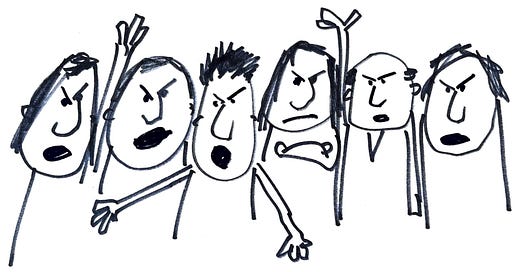

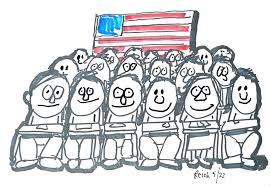

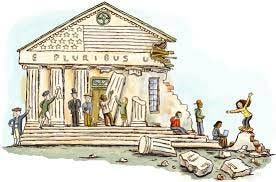

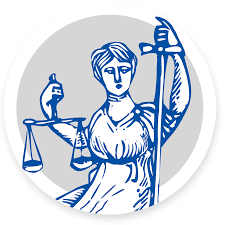
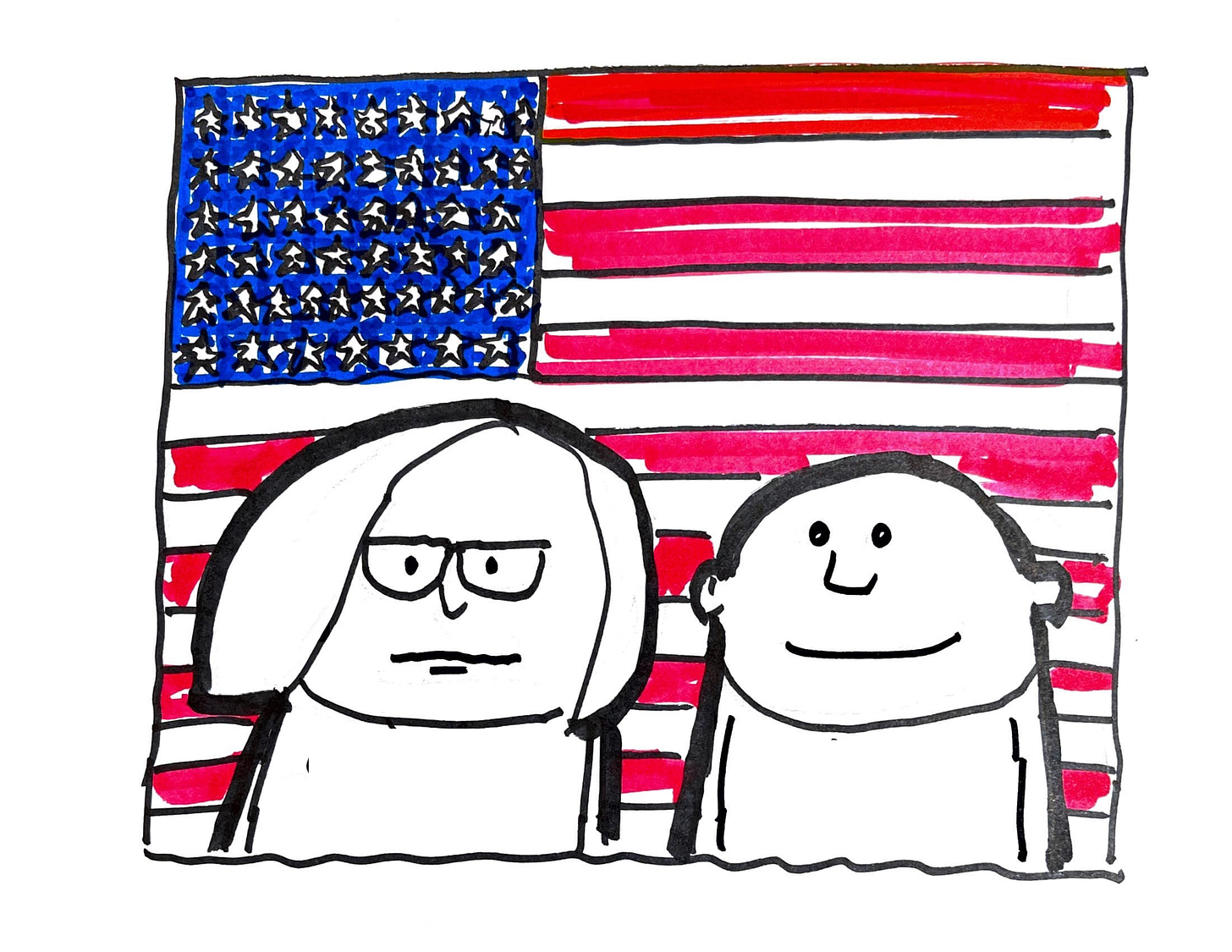
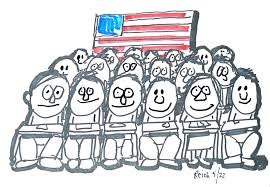
Been saying this for a long time - You should contact Richard Dreyfuss, the actor, as he has been pushing for reinstating civics in the public schools. You might be a good pair to push this.
Education is the key to maintaining our liberty. Hopefully, live-long learning will be a result of that basic education.
I benefited from being drafted into the USMC, 1969-71. I learned from fellow Marines that educational opportunities were not equal. 2 Marines with HS diplomas from schools in Florida could not even spell basic words, like Love, and I assisted them in writing letters home. What a wake up for me!
please fully fund Public Education, and stop funding alternate private 'schools' with tax payers money.